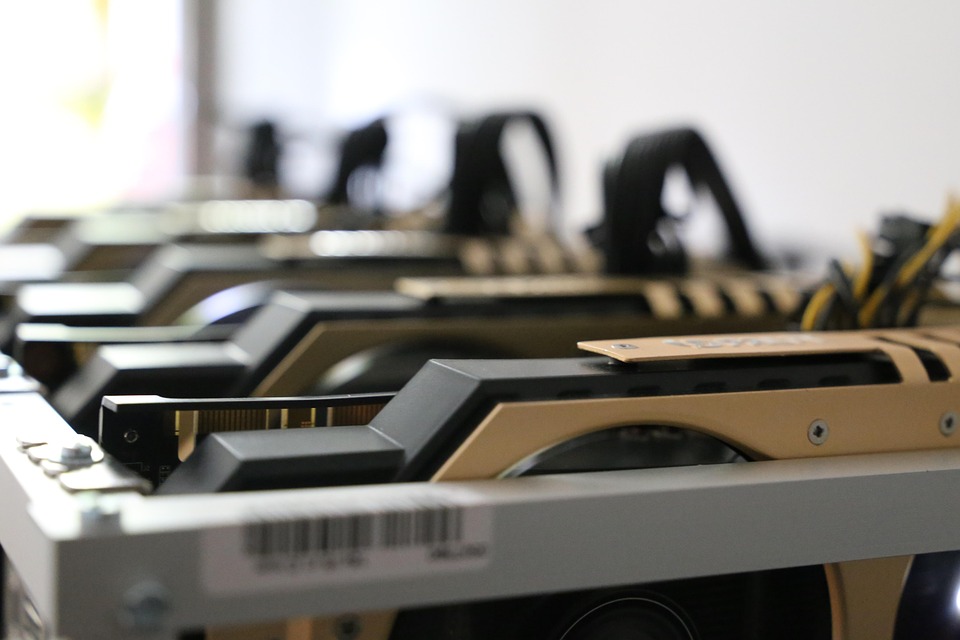In recent years, gamers and tech enthusiasts have faced an unprecedented challenge: the Great GPU Shortage. Spurred by a confluence of factors, this shortage has affected not only the availability of graphics processing units (GPUs) but also the broader landscape of gaming, content creation, and tech innovation. This article delves into the reasons behind the GPU shortage, its impact on the market, and what it means for consumers.
Understanding the Causes
1. Pandemic Disruptions
The COVID-19 pandemic played a significant role in exacerbating supply chain issues. Factory shutdowns and reduced production capacity led to delays and shortages in various electronics, including GPUs. As the world shifted to remote work and online entertainment, demand for gaming hardware surged.
2. Cryptocurrency Mining
Another factor driving the GPU shortage was the rise of cryptocurrency mining. As digital currencies like Bitcoin and Ethereum gained popularity, miners turned to powerful GPUs for mining operations. This demand pushed prices skyrocketing and depleted stock even further, leaving gamers and enthusiasts in a lurch.
3. Supply Chain Constraints
The ongoing global semiconductor shortage has also contributed to the GPU scarcity. Key components used in GPU manufacturing are in short supply, causing delays in production. Coupled with logistical challenges such as shipping delays and increased shipping costs, the result has been an elongated shortage that shows little sign of immediate resolution.
The Impact on Gamers and Tech Enthusiasts
1. Soaring Prices
The consequences of the GPU shortage are evident in the exorbitant prices on the resale market. Retail prices have sometimes doubled or tripled, forcing gamers to either pay unscrupulous markups or settle for outdated or lower-performing hardware. This inflation has made it challenging for casual gamers to upgrade their systems or enter the gaming world entirely.
2. Diminished Gaming Experiences
With many gamers unable to access the latest GPUs, the quality of gaming experiences has suffered. Titles that demand high graphical fidelity may become less accessible, leaving some gamers unable to take full advantage of advancements in graphics technology. As new games require more powerful hardware to run smoothly, those stuck with older GPUs often face lower frame rates, jagged graphics, and poor performance.
3. Shift in Priorities
For many tech enthusiasts, the shortage has sparked a shift in focus. Some are turning to alternative graphics solutions, such as integrated graphics, or even pursuing older generations of GPUs. Enthusiasts seeking to build custom rigs are forced to adapt their plans, often compromising on performance to fit within their constrained budgets.
4. Evolving Gaming Landscapes
The shortage has led some developers and companies to explore alternative strategies. Cloud gaming solutions, like NVIDIA GeForce NOW and Google Stadia, have gained traction as they remove the need for high-end hardware. This shift toward subscription-based platforms may reshape the landscape of gaming, democratizing access to high-quality gaming experiences even for those without top-tier GPUs.
Looking Ahead: What’s Next?
The future of the GPU market remains uncertain. Industry experts predict that supply chain issues and semiconductor shortages will continue to linger well into the coming years. However, there are signs of hope:
-
Increased Production: Major manufacturers have ramped up production, and new fabs are being built to alleviate supply constraints, which may eventually lead to improved availability.
-
Technological Advancements: As technology evolves, new and more efficient manufacturing methods could help mitigate shortages. The emergence of new players in the GPU arena could also enhance competition and drive prices down.
- Legislation and Regulation: Some governments are considering measures to regulate the cryptocurrency mining industry, potentially easing the pressure on GPU availability.
Conclusion
The Great GPU Shortage has revealed a complex interplay of demand, innovation, and unforeseen global events that have significantly impacted gamers and tech enthusiasts alike. While the ongoing challenges continue to test the patience of consumers, there is hope on the horizon. As the industry adapts and evolves, the future may hold a more balanced availability of hardware that could restore access to the high-quality gaming experiences that fans have come to expect. Until then, staying informed and flexible will be key for anyone navigating the current GPU landscape.


